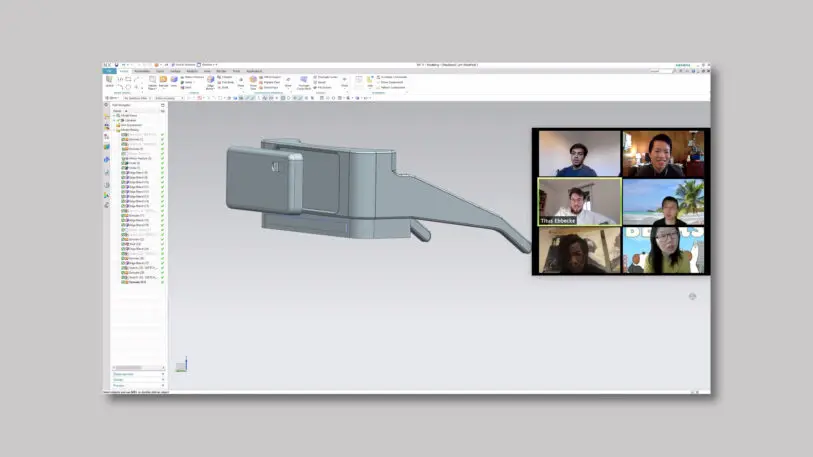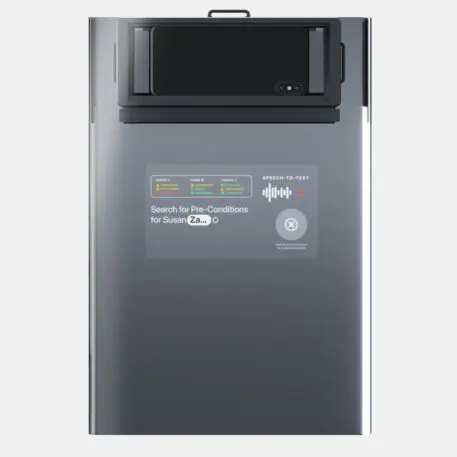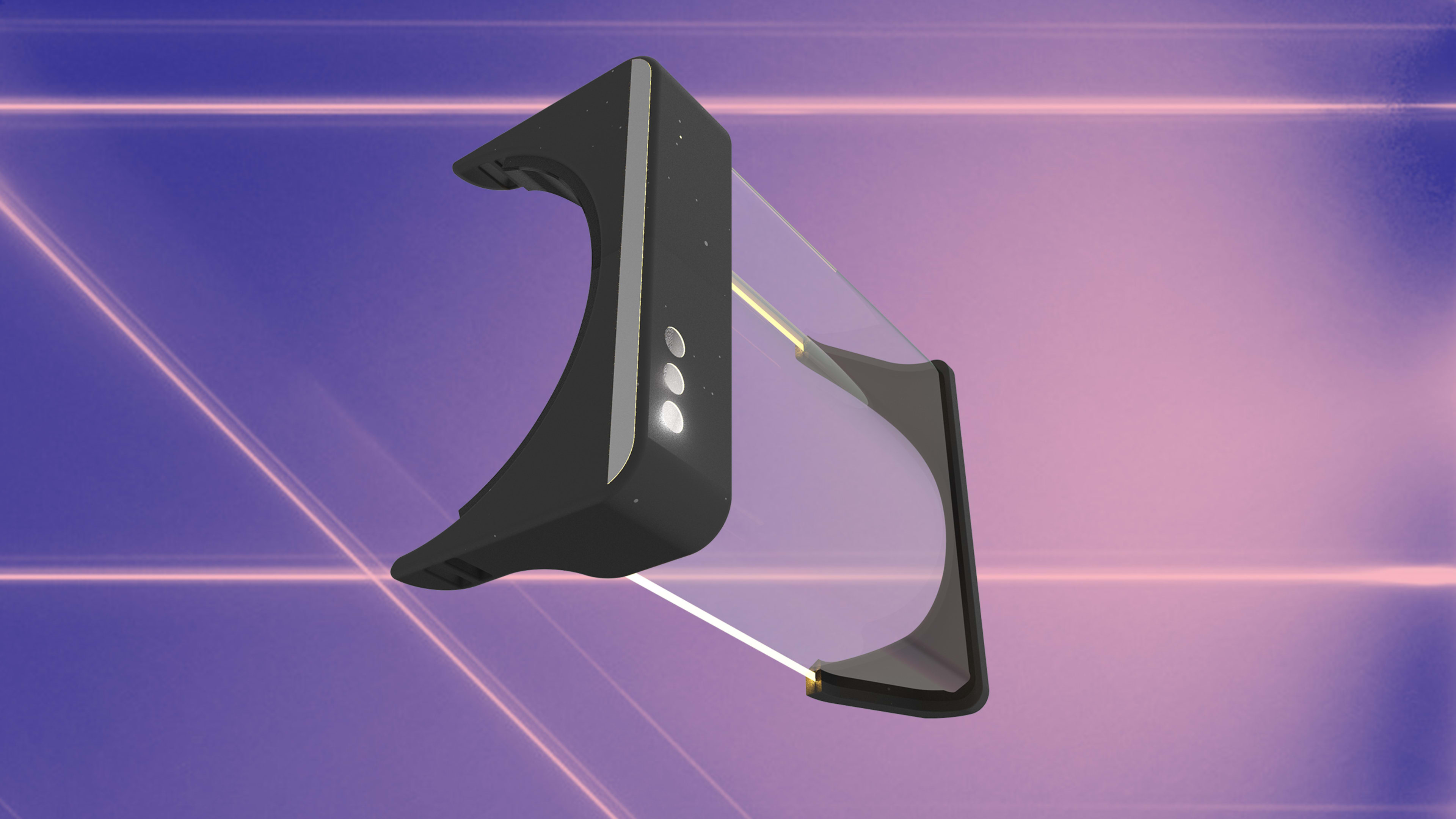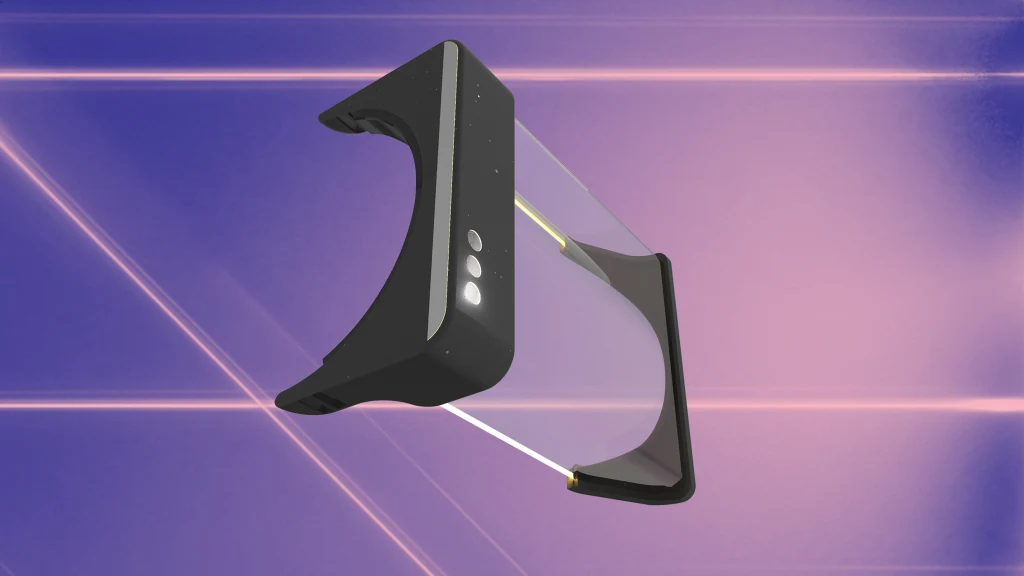This spring, six incoming students were told that their Master of Design program at UC Berkeley would be delayed due to the coronavirus. At that time, the need for PPE was at its most acute. And though their program hadn’t officially started, “none of us wanted to just stand by and wait,” says student Roland Saekow. The group had never met in person and was spread across the globe. But it “was our project zero,” says fellow student Abhi Ghavalkar.
Together, they designed a face shield prototype called “SUPERvisor.” It’s designed to help nurses collect COVID-19 test swabs more safely, efficiently, and comfortably by projecting real-time information onto the shield from a smartphone. Costing just about $10, the face shield is an accessible, low-cost alternative to existing augmented reality solutions such as Google Glass. It points to a larger possibility in medical design, too: that high tech doesn’t have to be high cost. Fast Company awarded the SUPERvisor face shield the Linda Tischler Award at the Innovation by Design ceremony Thursday evening.

The SUPERvisor works through a simple but ingenious hack of the traditional face shield. After downloading a corresponding app, the user places their smartphone in a compartment on the shield right above the eyes. A mirror in the compartment then reflects the smartphone’s display onto the transparent shield below.

The shield, which is still a prototype, primarily displays three types of information: the patient’s background and mood; test samples collected; and information about the test collector’s own health and safety, such as their body temperature, or a reminder to change their PPE. The team says nurses told them a patient’s mood can be critical to the swab test: It can take multiple tries (and wasted test swabs) if the patient is uncooperative—which was even worse at the time they were designing the shield, because swabs were in such short supply.

“When we first looked at augmented reality solutions, the things that came up were . . . high-tech products that everyday people can’t access,” says Ghavalkar. “The fact that we were able to make [SUPERvisor] so cheaply . . . that’s a very powerful concept. That’s the impact we’d like to have on the technology or design space. You can simplify things for everyday people. It doesn’t have to just be for the elite.”
Recognize your brand’s excellence by applying to this year’s Brands That Matter Awards before the early-rate deadline, May 3.




